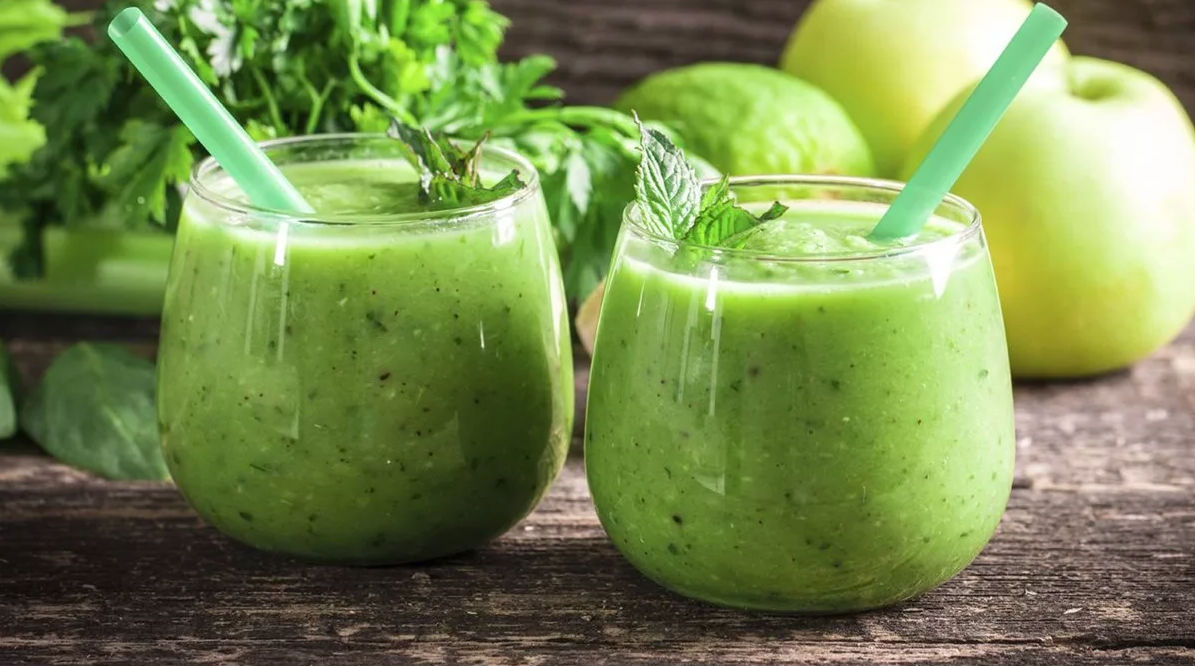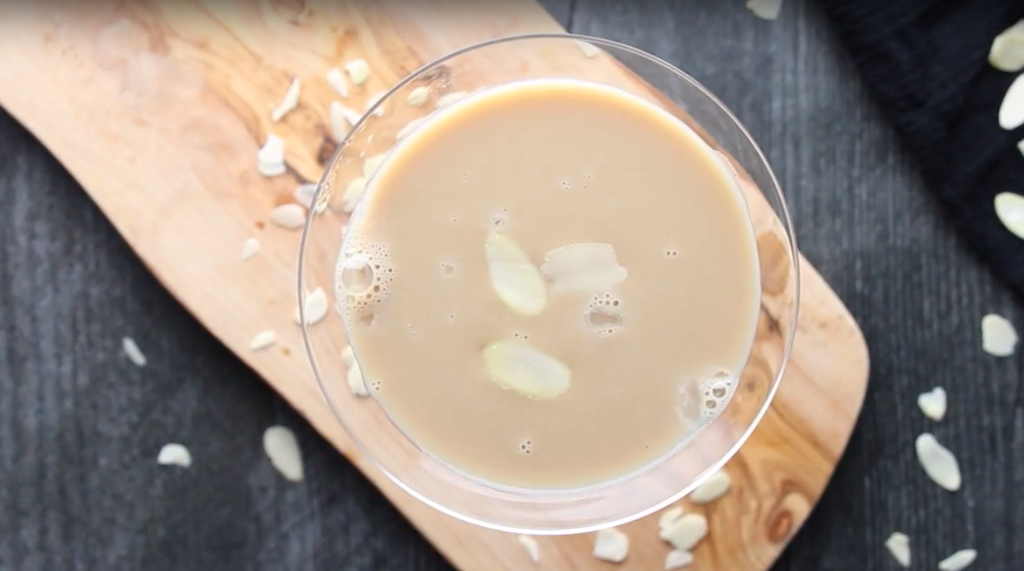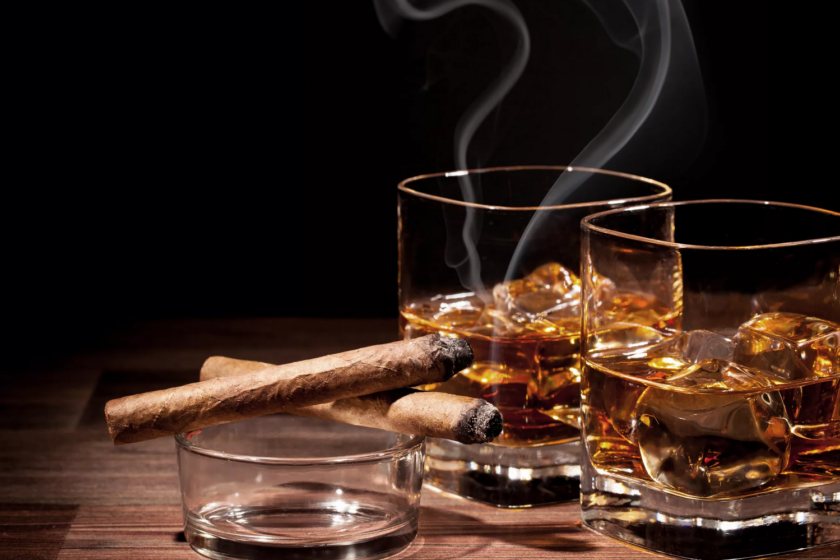Green tea differs from the more usual black tea by the processing method: the collected leaves are slightly wilted, twisted, and dried so that the maximum amount of valuable substances is stored in the finished teas. It is the small processing of the tea leaf that determines its further brewing since boiling water will adversely affect the structure of tender leaves. This will lead not only to a deterioration in the flavoring properties of the finished drink but also to the destruction of the beneficial elements that green tea is so rich in.
- How to calculate the proportion of tea leaves?
- Water requirements
- Temperature
- Water hardness and its effect on taste
- Requirements for dishes, teapot – teapot
- Step by step method
- How long time to brew?
- How many times can I brew?
- Features of brewing depending on the variety
- Features of brewing green tea bags
- Related posts:
How to calculate the proportion of tea leaves?
There are no strict rules here, but it is worth considering that each grade requires a different amount of tea leaves. In addition, a lot depends on your taste, because someone likes weak tea, someone likes a stronger drink.

Nevertheless, experienced tea growers are advised to take about 5-6 g of tea leaves per 200 ml of water. In other words, you can take tea at the rate of 2 tsp. for 1 cup. The fact is that green tea needs to be taken a little more than black tea because it does not have such a rich taste.
Water requirements
A lot depends on the water since it directly determines the quality of brewed tea.
Temperature
As noted above, green tea should never be brewed with boiling water. Usually, it is advised to fill the tea leaves with water, the temperature of which is about 80 ° C. Please note that some particularly delicate varieties of green tea require an even lower temperature (65-70 ° C).
You need to understand that each type of tea has its own optimum brewing temperature. In addition, the type of tea is of no small importance: loose, pressed or bagged. Therefore, it is best to follow the recommendations that are indicated on the packaging of a particular tea.

Water hardness and its effect on taste
Hard water, saturated with salts and metals, leads to a significant deterioration in the taste of the finished drink. Really tasty and healthy tea will turn out only when using soft water, which, as a rule, can not be taken from the tap. It is best to take bottled water, which has an optimal hardness coefficient (less than 1 mEq / l).
If it is not possible to use purchased water, then you can purify tap water using special filters or freeze it so that heavy elements precipitate.
Requirements for dishes, teapot – teapot
First of all, it is worth noting that green tea should not be brewed in a metal or plastic container since it reacts with metal and plastic. As a result, you will get not just tasteless tea, but a drink that contains foreign elements.
It is ideal to use a clay teapot, since clay does not enter into chemical reactions, perfectly retains heat and at the same time allows the leaves to “breathe”. If such a teapot is not available, then you can take a more familiar teapot made of porcelain or earthenware (in extreme cases, glass).

Ready tea is usually poured into porcelain cups that keep the drink hot for a long time, and therefore tasty.
Step by step method
To begin with, it’s worth talking about the correct temperature of the water. It was mentioned above that for different varieties it ranges from 60 to 80 degrees. It is important that you can’t just put the kettle on the stove, go about your business, return to the kitchen when the water in the kettle has already boiled for five minutes, turn off the heat and let the water cool down a little. Proper boiling also plays a big role in getting tasty and healthy tea.
A boiling kettle must be closely monitored. As soon as the water began to make noise, and numerous air bubbles began to rise from the bottom, the kettle should be immediately removed from the stove. At this point, the water temperature is about 95 ° C, which is considered the most suitable condition for brewing tea.
The kettle is allowed to stand for a couple of minutes so that the water cools to the desired temperature, after which they proceed directly to brewing:
- The teapot is rinsed with water to warm its walls.
- Pour the required amount of green tea, fill it with water, and immediately pour it off, thereby washing the leaves.
- Once again, pour water, close the kettle with a lid and leave it to infuse (usually from 30 seconds to 3 minutes, depending on the variety). Longer infusion negatively affects the taste.

The brewed tea is poured into cups and proceed to tea drinking.
How long time to brew?
The brewing time of green tea directly depends on the variety: for example, elite varieties from the most tender young leaves infuse in only half a minute, and for stronger varieties, it takes from 1.5 to 3 minutes.
In addition, it is widely believed that tea that has been brewed for less than 1 minute has a pronounced tonic effect. With a longer insistence, it becomes relaxing.

How many times can I brew?
Interestingly, high-quality green tea can be brewed several times without loss of quality, taste, and aroma. Moreover, it is believed that each new brewing tea reveals different facets of its flavoring properties. Typically, good tea can be brewed 3 to 5 times.
Features of brewing depending on the variety
Varieties of green tea differ not only in leafage but also in place of origin. The most famous and popular Chinese green teas, however, the technique of brewing them differs from that familiar to Europeans. The fact is that such varieties must not be insisted, but shed several times in a row. The tea leaves are poured with hot water for only a few seconds, and with each subsequent strait, the time is slightly increased, which allows you to get up to 10 servings of tea from one part of the tea leaves.

In India and Ceylon, they produce coarser and less aromatic tea, which requires infusion in order to give maximum flavoring properties. As a rule, the tea leaves are poured with water, the temperature of which is at least 85 ° C, and insisted for 2-3 minutes. Re-brewing Indian and Ceylon varieties are usually not provided, which is quite fit into the European culture of tea drinking.
If we talk about Japanese green tea, it is worth explaining that most often Japanese varieties are similar to Chinese ones, and therefore, they are also brewed by the method of straits. In addition, powdered green tea is very popular among the Japanese, which is brewed in a completely unique way: it is poured with boiling water and stirred with a bamboo stirrer until a uniform consistency until foam appears.
Features of brewing green tea bags
It is generally accepted that packaged tea is of lower quality than loose varieties, but in reality, this has long been wrong. Nevertheless, when brewing tea bags, you should follow certain tips:
- as with ordinary tea, do not use metal or plastic utensils – porcelain or ceramic cup is best;
- after the kettle has boiled, you need to wait a minute, and then pour a bag of slightly cooled water;
- to get the best taste and aroma, you should cover the cup with a saucer.

Of course, packaged tea is not intended for re-brewing, as small particles of leaves immediately give all their properties.
Green tea is produced by gentle processing, which leads to some features in its subsequent preparation. Such tea, unlike black tea, requires a certain water temperature, and some quality varieties can be brewed several times in a row without loss of taste, aroma, and many beneficial properties.









